 Melissa Anderson
Melissa Anderson
In two films by Chantal Akerman playing as part of MoMA’s complete retrospective, teenage heroines ramble through city streets
hungering for more.
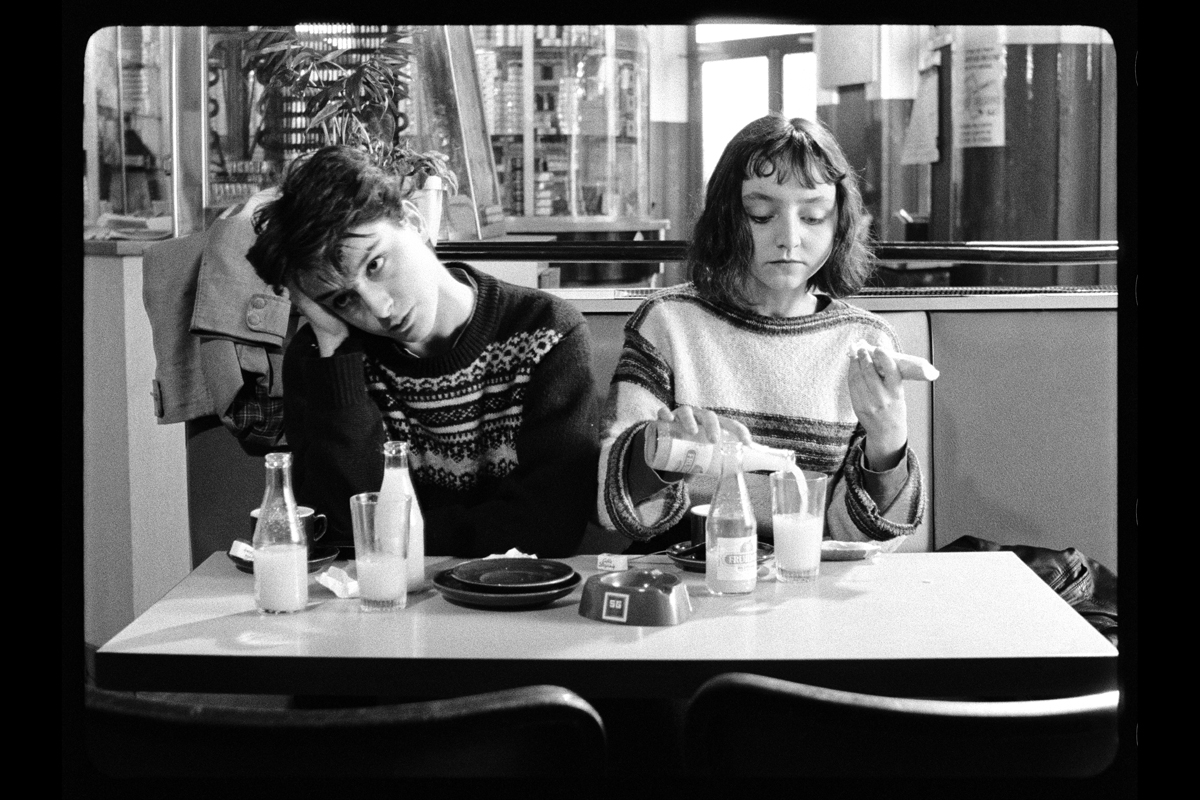
Pascale Salkin and Maria de Medeiros in J’ai faim, j’ai froid. Courtesy the Museum of Modern Art.
J’ai faim, j’ai froid and Portrait of a Young Girl at the End of the 1960s in Brussels, written and directed by Chantal Akerman, screening September 28, 2025 and October 2, 2025, Museum of Modern Art,
11 West Fifty-Third Street, New York City
• • •
In both her first film (the 1968 short Saute ma ville, or Blow Up My Town) and her last (the intimate nonfiction mother-daughter chronicle No Home Movie, from 2015), Chantal Akerman featured scenes devoted to women satisfying their hunger. The former reveals its lone character—played by Akerman—devouring a plate of spaghetti before detonating herself. In the latter, Chantal and her beloved maman, Natalia, reminisce over plates of potatoes and pickles. Appetite in all its forms is a central motif in the filmmaker’s work, now being celebrated in “Chantal Akerman: The Long View,” a complete retrospective currently underway at MoMA and running through October 16. This holds especially true for the young women in her oeuvre, not least Julie, the drifter portrayed by Akerman in her first narrative feature, Je tu il elle (1974): calorically, she sustains herself by endlessly spooning sugar out of a bag; libidinally, through combative sex with an ex-girlfriend.
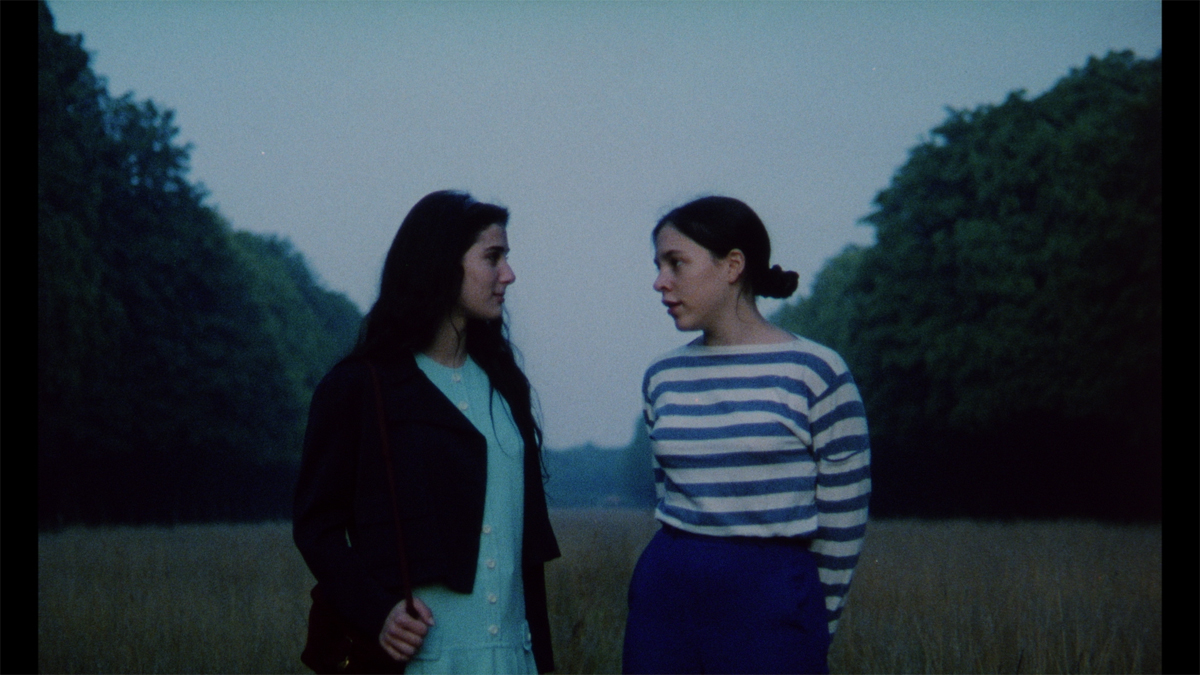
Joëlle Marlier as Danielle and Circé Lethem as Michèle in Portrait of a Young Girl at the End of the 1960s in Brussels. Courtesy the Museum of Modern Art.
Craving, of various kinds, also defines the adolescent heroines of two rarely screened Akerman projects, the short J’ai faim, j’ai froid (I’m Hungry, I’m Cold), from 1984, and the hour-long Portrait of a Young Girl at the End of the 1960s in Brussels, made a decade later. (Each was a contribution to two different omnibus projects: the first is one of six films in Paris Seen by . . . 20 Years After, and the second is one of nine in All the Boys and Girls of Their Age, which originally aired on the Arte channel in 1994.) The teenage protagonists in both exhibit yearnings that can never be fully slaked.
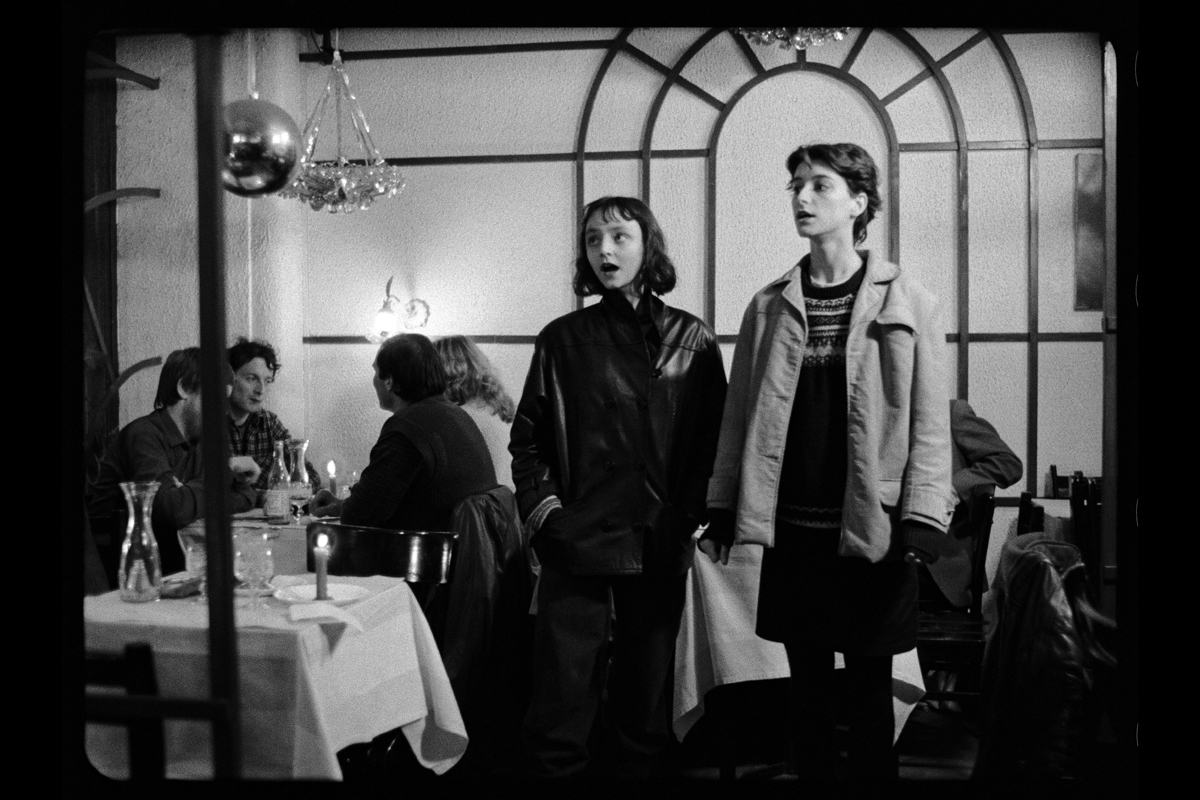
Maria de Medeiros and Pascale Salkin in J’ai faim, j’ai froid. Courtesy the Museum of Modern Art.
The title of the ’84 black-and-white short serves as a mantra for its two unnamed seventeen-year-old leads, friends who have run away to the French capital from Brussels. The taller, more domineering of the pair is played by Pascale Salkin, her always-famished companion by Maria de Medeiros (who would later gain some fame for her portrayals of other hungry women: the ravenously bi-curious Anaïs Nin in 1990’s Henry & June and Bruce Willis’s blueberry pie–loving girlfriend in ’94’s Pulp Fiction). With just a handful of francs between them, they dine and dash at a café where they’ve ordered the same breakfast twice; that evening, they quite literally sing for their supper. “You know, I feel like falling in love,” the shorter girl says to her pal, the capricious declaration of a piece with their herky-jerky gambol through Paris. Maybe she already has. The two reenact the kissing techniques of ex-boyfriends, transforming heterosexuality into a farce. Later, at the flat of a twentyish man they met at a restaurant, the voracious one scarfs down a plate of runny eggs while, off-screen, the alpha girl loses her virginity to their host, the act punctuated by her yelp of pain. Unsentimental in the extreme about this rite of passage—“So now it’s done,” she says, as if remarking on a tonsillectomy—she and her peckish chum leave in the middle of the night: two indefatigable teens, walking side by side, in need of little else but each other.
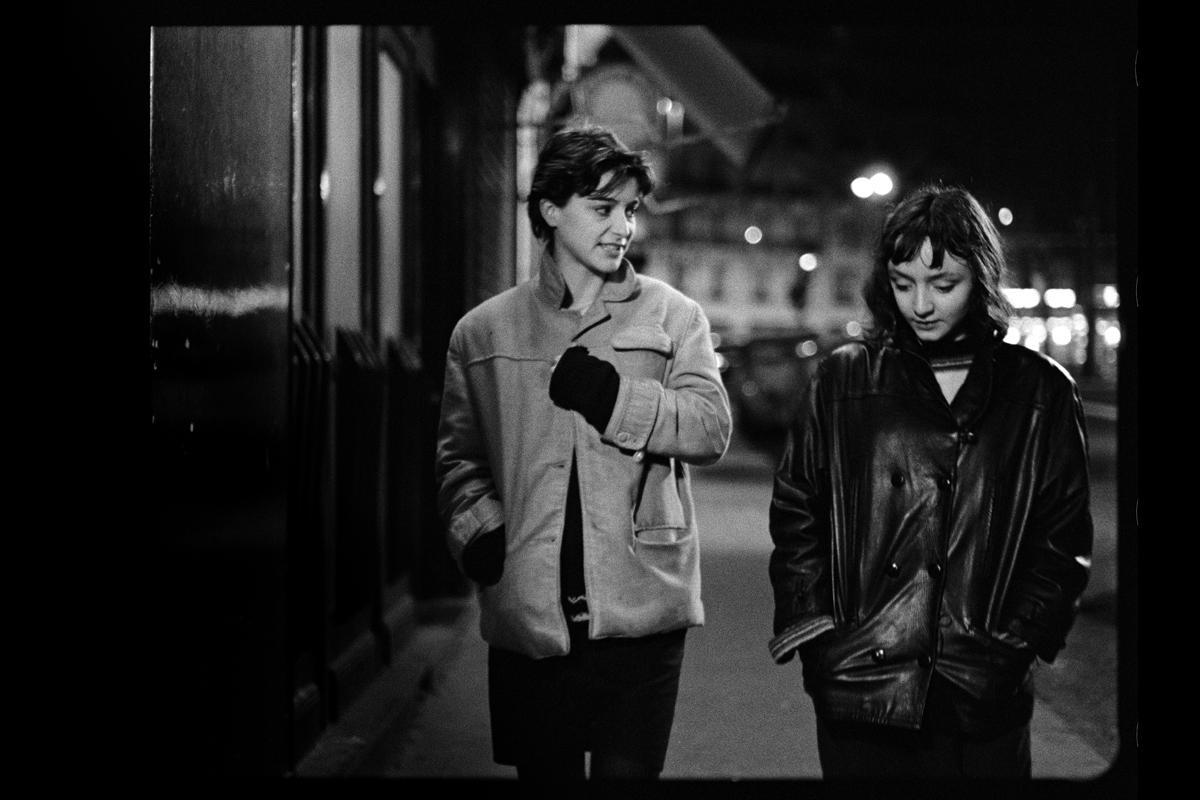
Pascale Salkin and Maria de Medeiros in J’ai faim, j’ai froid. Courtesy the Museum of Modern Art.
Spanning roughly twenty-four hours, Portrait of a Young Girl at the End of the 1960s in Brussels also centers on a fugitive of sorts: Michèle (Circé Lethem), who’s been ditching school more often than not over the past three months. At a café, the truant drafts a series of absence notes, each more preposterous than its predecessor and culminating with “Please excuse my daughter Michèle. She died.” The morbid, mordant teenager is most alive whenever she’s with her best friend, Danielle (Joëlle Marlier), whom Michèle meets outside their lycée at lunch break. They spend the hour necking with guys at a bar where Johnny Hallyday blasts from the speakers. Yet, as with J’ai faim, j’ai froid, their putatively amorous activities seem like playacting. Pulling away from a kiss, Michèle eagerly awaits Danielle to do the same; when their eyes meet, they both laugh at the absurdity of it all.
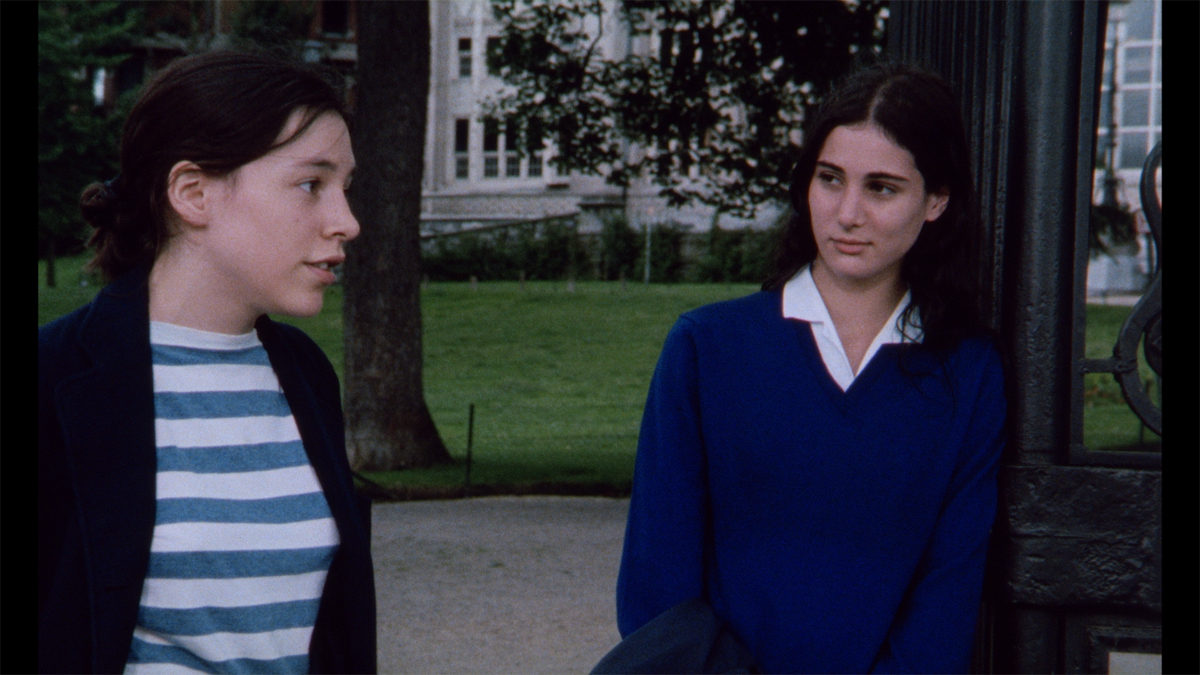
Circé Lethem as Michèle and Joëlle Marlier as Danielle in Portrait of a Young Girl at the End of the 1960s in Brussels. Courtesy the Museum of Modern Art.
Later, at the movies, Michèle smooches a stranger, Paul (Julien Rassam), a Parisian who’s abandoned his military service. As the two AWOLs roam the streets of the Belgian city, she admits that she kissed him to make someone jealous; that she can’t or won’t admit who suggests the depth of her anguish over her crush on her classmate. (“I like books about incommunicability,” Michèle, consumed by a love that dare not speak its name, tells Paul.) Breaking away briefly from the deserter to reunite with Danielle at the end of the school day, Michèle is moody and tongue-tied around her BFF, volatility that returns when the two girls travel to a party together that evening.
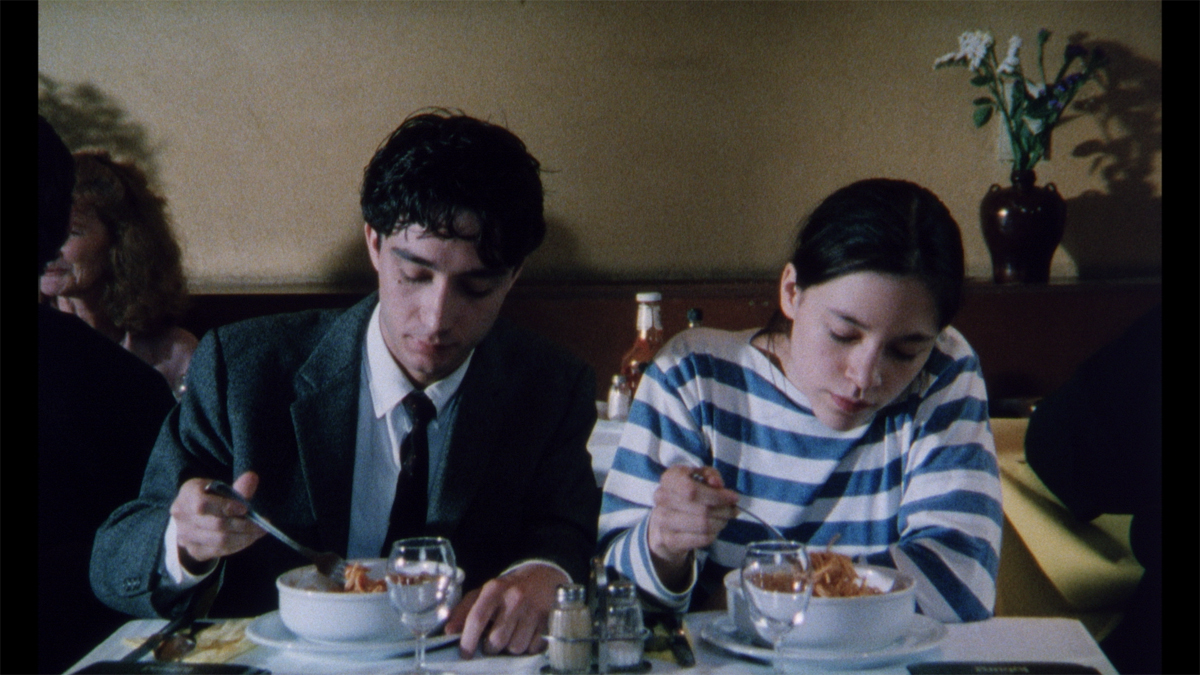
Julien Rassam as Paul and Circé Lethem as Michèle in Portrait of a Young Girl at the End of the 1960s in Brussels. Courtesy the Museum of Modern Art.
As Michèle and Danielle dance to a cover of “La Bamba” in a circle with other revelers, the latter breaks away from the group, grabbing her pal’s hand so they can shimmy together. Ecstatic, Michèle takes similar command after Danielle returns to the circle. The song ends; Michèle seems on the verge of saying something to her beloved. But then Danielle is whisked away by a lanky guy as the needle drops—all too cruelly—on James Brown’s “It’s a Man’s Man’s Man’s World.” The camera moves in on Michèle’s face, which soon fills most of the frame. For the next minute-plus, we watch her watching, Michèle’s gaze fixed on the friend who has just eviscerated her. The scene is wordless, but rarely have longing, jealousy, hurt, rage, and humiliation been conveyed so searingly.
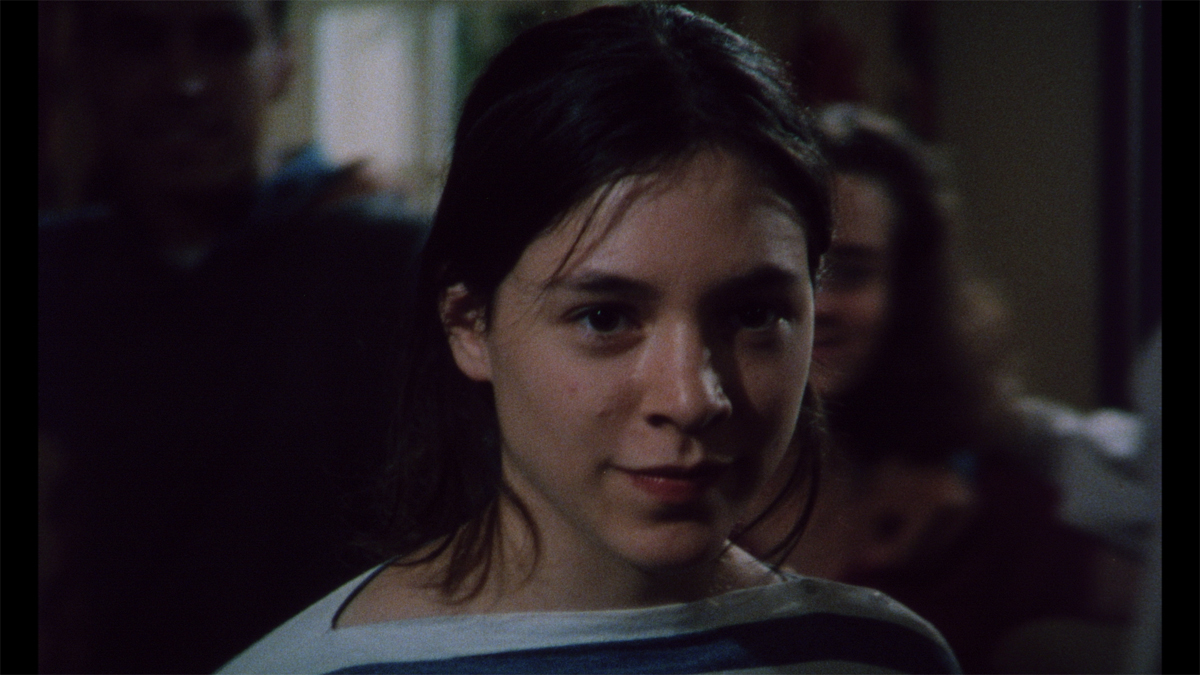
Circé Lethem as Michèle in Portrait of a Young Girl at the End of the 1960s in Brussels. Courtesy the Museum of Modern Art.
This Portrait bears basic biographical traces of its maker. Like Michèle, Akerman was a young girl at the end of the 1960s in Brussels (where the filmmaker was born, in 1950, and raised; she was eighteen when she made Saute ma ville). Unlike the teen heroines of J’ai faim, j’ai froid, Michèle, at Portrait’s end, walks off alone. We cannot know what awaits her. But we may take solace in the fact that her creator would make some of the greatest films that explore the “incommunicability” of same-sex attraction—not only Je tu il elle but also Les rendez-vous d’Anna (1978) and La captive (2000). Never interested in explaining lesbian desire, Akerman instead depicted, sometimes elliptically but always indelibly, its pull, its ways of sating the starved.
Melissa Anderson is the film editor of 4Columns and the author of a monograph on David Lynch’s Inland Empire from Fireflies Press. A collection of her film criticism, The Hunger, will be published in November by Film Desk Books.